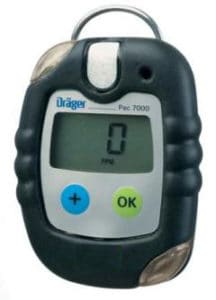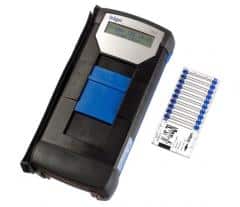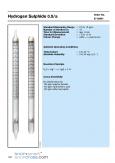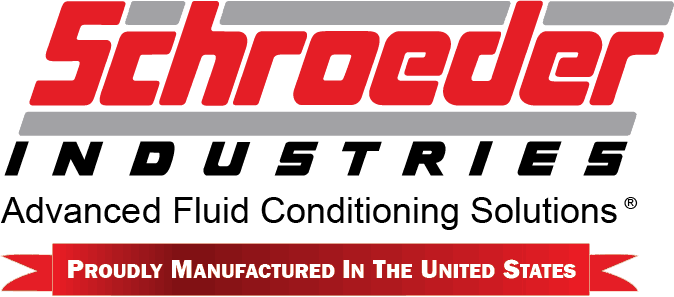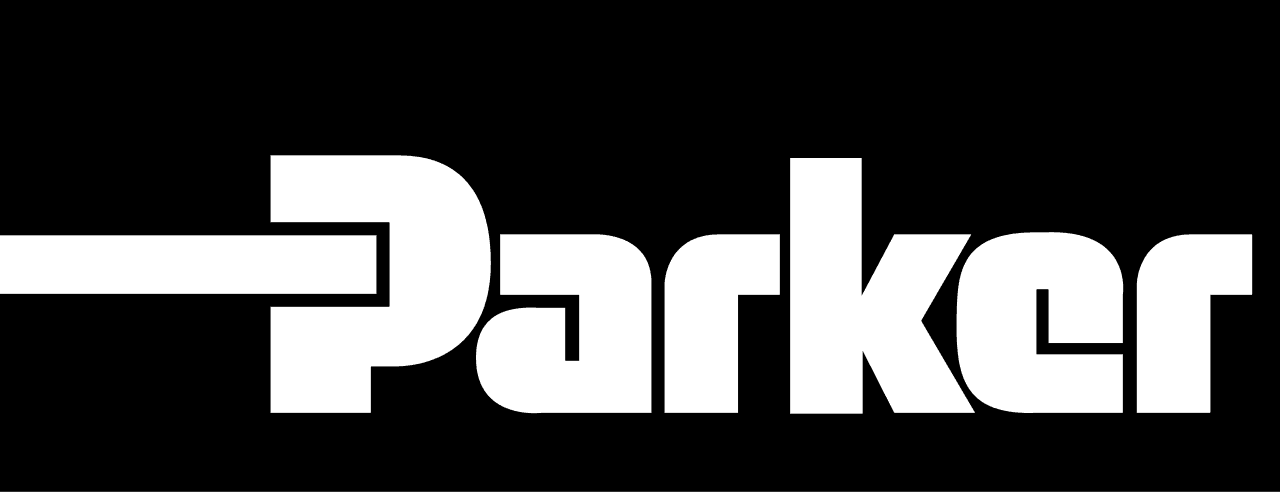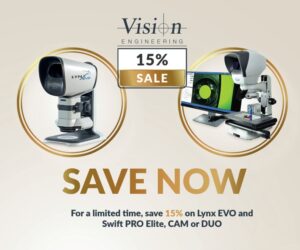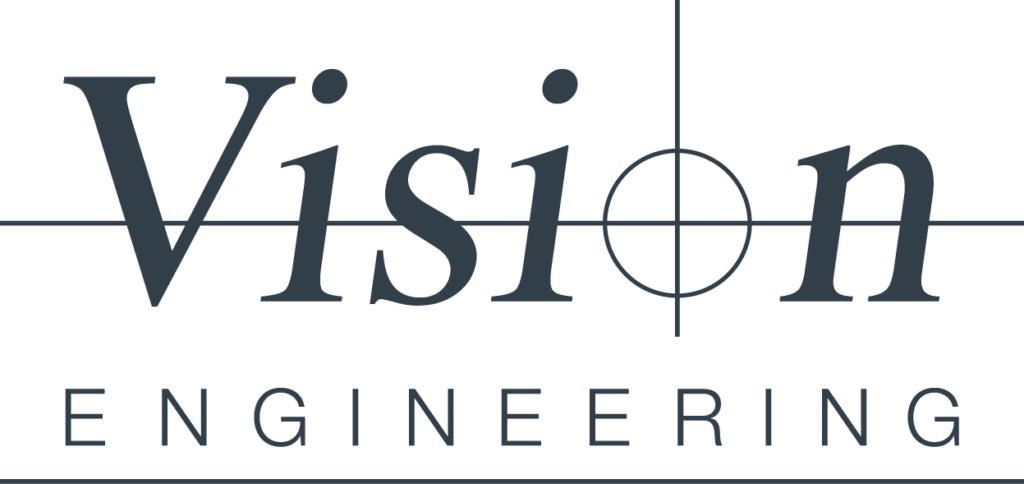Dan Hines | May 1st, 2015
Identifying Ambient Substances Requires a Variety of Products
We take for granted the very air we breathe. But just what is air—natural air? Answer: 78% nitrogen; 20.9% oxygen; and 0.03% carbon dioxide. It might also contain trace amounts of argon, helium and other rare gases, and, as any hot, humid summer day will tell you, water vapor. In a perfect world, this mixture would remain consistent, but in our real and imperfect world, these proportions can change, or foreign gases can be introduced to natural air, posing health risks or harmful effects.
The variety of components that can find their way in to natural air is extremely broad. Your nose can identify some of them—from the sweet smell of honeysuckle to the stench of a hog or chicken farm. But the human nose can’t identify everything it inhales; some substances, like carbon dioxide, are colorless and odorless. And even if the nose can detect a certain odor, becomes desensitized to it, after long periods or repeated exposure.
So how do you identify foreign substances in natural air? How do you measure them? And most important, how harmful are they—if they are harmful at all? There is no is no one-size-fits-all solution to measuring gases, because they behave differently in different situations. That’s why it’s important to choose the right detection and measuring suited to your own particular work environment.
Gas Measurement Devices: Which one is right for you?
There are several types of instruments that can measure gases. Some can be used alone or in combination with other instruments. And knowing which device to use depends on your situation. Each workplace emits different gases—a coalmine is different from a wastewater treatment plant. Where you work determines how much you must measure and how often.
Following are general guidelines to help you choose the most effective product:
Draeger Chip-Measurement Systems: For measuring, portability and tech support, products like the Draeger CMS are useful. It requires comprehensive training beforehand.
Flame ionization detectors and photo ionization detectors: great for short response times, but they don’t respond selectively to given substances.
Gas chromatographs, infrared spectrometers and UV-VIS photometers: very versatile but expensive, because they require a specialist to calibrate them and interpret their data correctly.
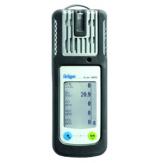
Draeger-Tubes: These can identify 500 different substances, but their selectivity is limited. Each tube can only be used once.
Substance-specific monitors: More economical than Draeger-Tubes and good for repeated measurements and daily use. The Draeger Pac 7000 CO, for example has an electrochemical sensor that measures carbon monoxide.
Lab analysis of samples taken from tubes or gas wash bottles (impingers) and mass spectrometers: These methods of measurement and analysis are the gold standard. They are more expensive, since they require lab facilities and personnel, but selectivity is very high. It could mean the difference in identifying lethal levels of, say, methane levels in a pipeline . . . or not.
